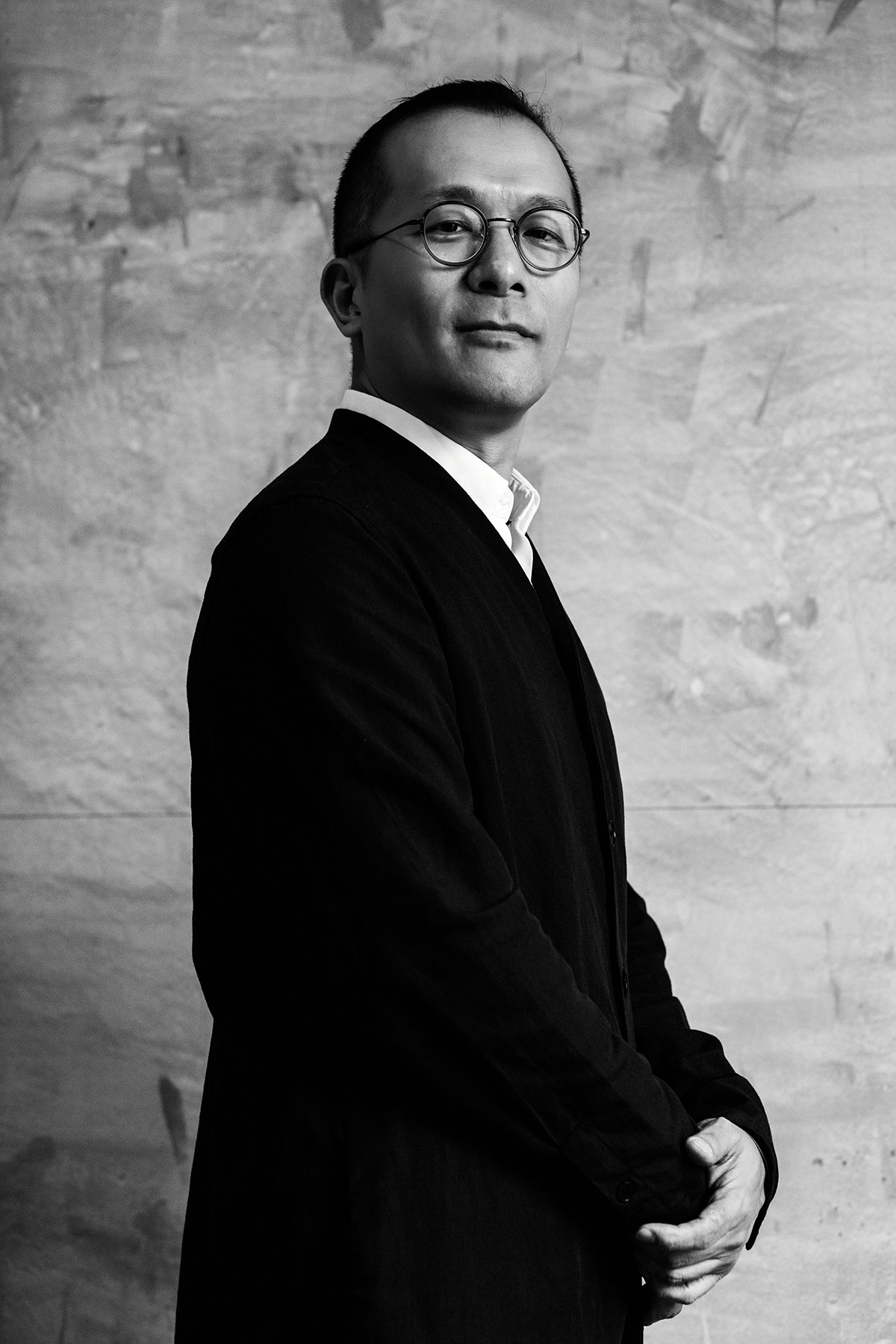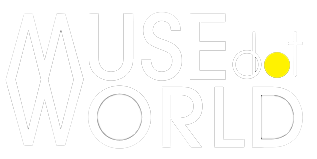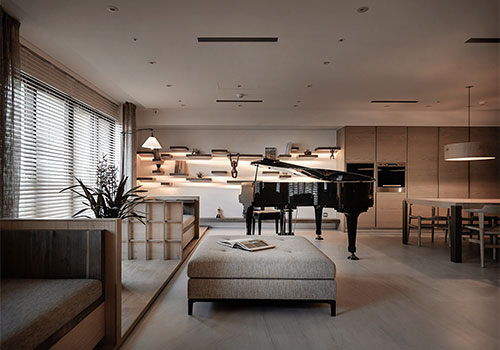Interview with JD Yin, Creative Director of JDID Inc., TW

Interview with Ryan Cheung & Christine Tsui, Director, Design Director of CTRC Design Consultant Ltd., HK
August 6, 2019
Interview with Rudolf Wistl, Designer / Master Carpenter of GLAS.HOLZ design, DE
August 6, 2019
JD Yin
Creative Director of JDID, JD Yin, entered a design school at the age of fifteen and worked in three different design fields: product design, interior design and architectural design. With these experiences, JD has created his unique way of thinking and led him to become an idealist in believing how living spaces are alive.
Interview with the 2019 Muse Design Awards Winner - JD Yin
1Please give us a brief bio of yourself, your company, job profile, etc.
My main concepts about interior design are “Form follows function”, “Ongoing”, “Uncomplicated” and “Temperament”, which contribute to the context of JDID Inc.
For me, “Form follows function” means every space must correspond to a function or element, like flow, light, layer, floor plan, and clients’ habits, etc. They work together to create individual forms with meaning and harmony, also creating a great sense of visual perception naturally.
JDID’s projects try hard not to present specific technique, style or atmosphere, the connection between them is an “Ongoing” spacial spirit. I will describe my works as “Uncomplicated” instead of “Simple”, because “Simple” is a popular expression comes from Modernism and became too rational/logical to rule out decoration.
The axis of my works is rationality, I use it to integrate perceptual details on when or where they should be perceptual, so the result of my work is uncomplicated. Finally, as a designer, arranging the elements and functions to express my concept clearly is “Temperament”.
About JDID’s clients, they have something in common; they don’t pay too much attention to materials, always see self-consciousness as the most important quality in daily life and always aspire after truth, purity, and beauty.
For me, “Form follows function” means every space must correspond to a function or element, like flow, light, layer, floor plan, and clients’ habits, etc. They work together to create individual forms with meaning and harmony, also creating a great sense of visual perception naturally.
JDID’s projects try hard not to present specific technique, style or atmosphere, the connection between them is an “Ongoing” spacial spirit. I will describe my works as “Uncomplicated” instead of “Simple”, because “Simple” is a popular expression comes from Modernism and became too rational/logical to rule out decoration.
The axis of my works is rationality, I use it to integrate perceptual details on when or where they should be perceptual, so the result of my work is uncomplicated. Finally, as a designer, arranging the elements and functions to express my concept clearly is “Temperament”.
About JDID’s clients, they have something in common; they don’t pay too much attention to materials, always see self-consciousness as the most important quality in daily life and always aspire after truth, purity, and beauty.
2Tell us a bit about your business and what you do.
From the first project to next, many designers are unaware that they intend to do “more and more” until materialism replaces truth and a purity-the core of expression in design. If a designer can’t insist on his principles of design, his faith in aesthetics and creation, he will be stuck sooner or later.
In JDID, we provide not only interior professional service, but also imagination to every client. We try to understand how the clients are living deeply and comprehensively, creating individual forms for them, thus being a two-way communication and learning.
In JDID, we provide not only interior professional service, but also imagination to every client. We try to understand how the clients are living deeply and comprehensively, creating individual forms for them, thus being a two-way communication and learning.
3Where do you see the evolution of creative industry going over the next 5-10 years?
In the next generation, artificial intelligence will force creative workers to truly return to the most basic state of mind. Because for a long time, the material world has neglected the power that the mind has. The artificial wisdom will let creative workers to begin to reflect on themselves and their work.
4Who has inspired you in your life and why?
My wife and my son. Their personality is completely different from mine. It may bring some conflicts between us, but it also gives me the opportunity to face life with sincerity. I begin to appreciate many things that I don't have and learn these things as we live together under the same roof. Without a doubt, all these inspired me to be a better person.
5What is your key to success? Any parting words of wisdom?
Space is like me, I am like space; only by cultivating my inner self can I be able to achieve what I want.
6Do you have anything else you would like to add to the interview?
Space which is improved by functions will transform into being a place, and the place that is improved by emotion will express creativity.
While we introspect, emotions will be built and mature gradually. When the emotions are being projected on functions, a circulation starts: flowing, deconstructing and restructuring,
At last, we will find the most proper sketches and elements for our designs. Just like a distinct article with a clear context, when we strengthen one paragraph, other data and graphs will be a functional supplement to the main paragraph, thus giving us a refined expression.
The dialogue between space and people tops practice as a foundation. A designer comprehensively combines plans, elements, and ideas, his thought carrying through different dimensions. Like the growing stages of a plant, creativity is constructed step-by-step in mind, and extends to the space outside, the atmosphere acting as oxygen, applying essential nutrients to the human body and perception. That is what I believe.
While we introspect, emotions will be built and mature gradually. When the emotions are being projected on functions, a circulation starts: flowing, deconstructing and restructuring,
At last, we will find the most proper sketches and elements for our designs. Just like a distinct article with a clear context, when we strengthen one paragraph, other data and graphs will be a functional supplement to the main paragraph, thus giving us a refined expression.
The dialogue between space and people tops practice as a foundation. A designer comprehensively combines plans, elements, and ideas, his thought carrying through different dimensions. Like the growing stages of a plant, creativity is constructed step-by-step in mind, and extends to the space outside, the atmosphere acting as oxygen, applying essential nutrients to the human body and perception. That is what I believe.
Winning Entries
JDID Inc.
JDID INC is a company dedicated to the research and practices of professional interior architecture. Philosophy and anthroposophy are the foundations discussed and converted to its practice. JDID always emphasises the following four points: 1.Form follows function 2.Ongoing 3.Uncomplicated 4.Temperament.


